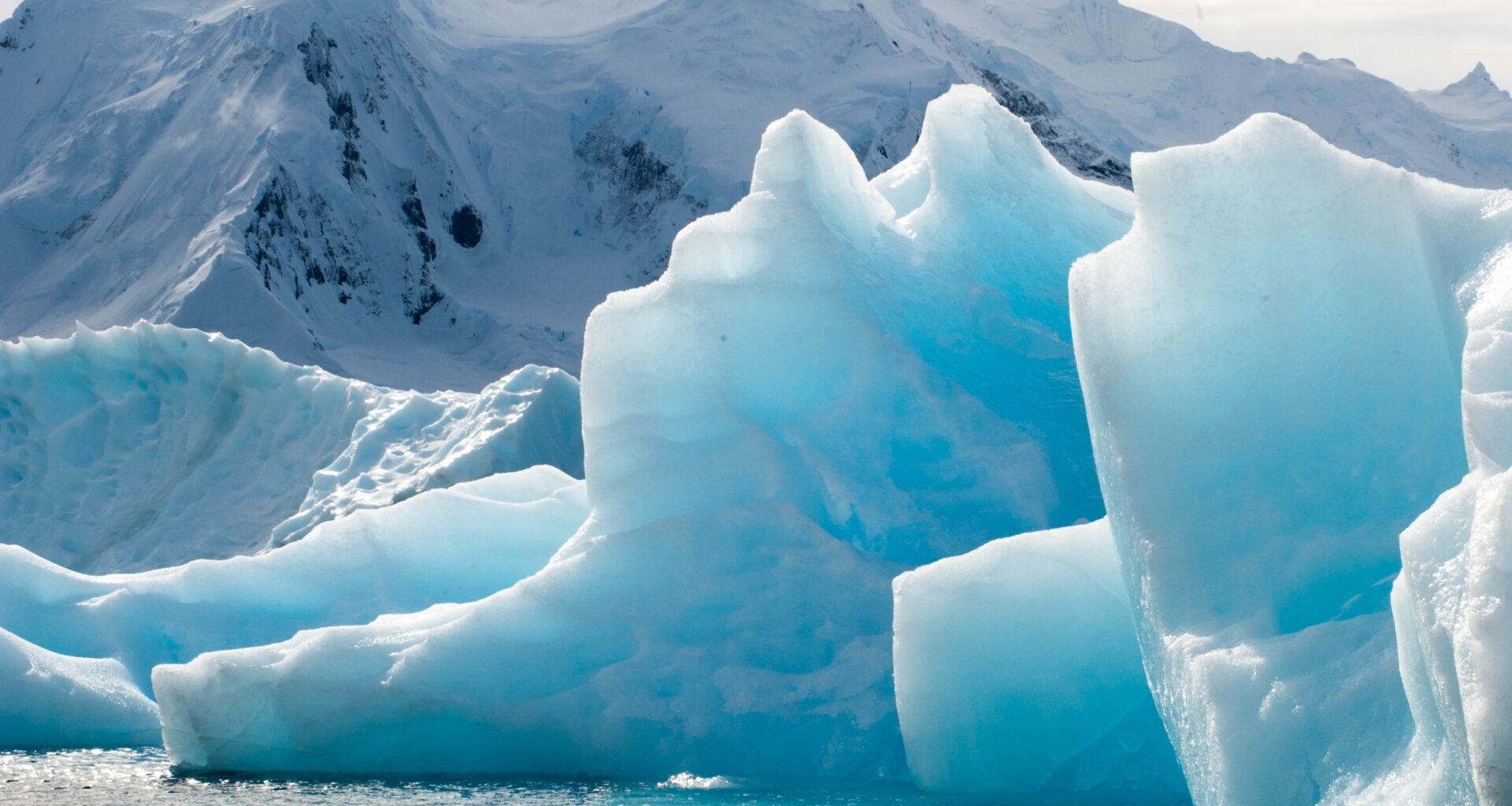Antarctica has always kept its past locked under ice. For thousands of years, snow built up, pressing older layers deeper into the frozen ground.
Each layer trapped bubbles of ancient air, holding clues about Earth’s climate long before humans existed. Scientists see this ice as a time capsule. The deeper they drill, the further they travel into history.
Researchers have spent decades extracting ice cores to track how Earth’s atmosphere changed. The deeper they go, the older the ice.
But so far, the oldest continuous core reaches only about 800,000 years back. That record ends just when Earth’s climate started behaving in strange new ways.
“It just ran out at the interesting point,” said Duncan Young, research associate professor at the University of Texas at Austin’s Institute for Geophysics. That moment pushed scientists to search for older ice (ice that might explain what triggered those major climate shifts).
Buried mountains and odd ice formations
The National Science Foundation launched the Center for Oldest Ice Exploration, or COLDEX. The program, led by Oregon State University, brings together universities and research teams from around the world.
The goal is simple but huge: find ice that’s more than one million years old and still intact.
Duncan Young joined COLDEX in 2021. His team from Texas spent two years flying over East Antarctica near the South Pole. They used radar mounted on planes to map what lies beneath the surface.
The radar sent signals through the ice, bouncing back images that revealed buried mountains, smooth plains, and odd formations scientists had never seen before.
Layers below Antarctica’s ice
The data showed something unexpected. A strange layer of ice sits deep beneath Dome A – a high point near the South Pole Basin.
This layer, called the basal unit, looks different from the rest. It contains rough echoes, not smooth ones, which means it may hold rock and sediment. The ice above it appears clean and neatly layered.
Young’s team believes the basal unit may have carried bits of rock from the hidden Gamburtsev Subglacial Mountains. Over millions of years, melting ice dropped that material into a basin below.
“We were not expecting this,” Young said. “We think that as the ice melted, the basal unit carried small amounts of material from the mountain range and left sediment behind.”
“This may be a novel kind of subglacial sedimentary basin that is forming without the usual processes that shape terrestrial landscape, like rivers or conventional ice sheet flow. It’s a gradual process over 14 to 30 million years, during which these little bits of sediment add up.”
Two worlds beneath the ice
That sediment built what scientists now call the Elbow Complex – a smooth, rolling landscape buried under more than two miles of ice. It stretches across 30,000 square kilometers.
Instead of sharp valleys, it has broad, gentle hills. The radar data showed that this hidden region lies next to rougher terrain, separated by a sudden change in slope.
This contrast marks a boundary between two worlds beneath the ice. On one side, the ground is rugged and hard. On the other, it’s soft and smooth, likely made of ancient sediment.
The difference suggests that the Elbow Complex didn’t form through normal glacial carving but through slow melting and deposition under steady ice flow.
Heat under Antarctica’s ice
The study revealed another surprise: parts of the basin are warmer than expected. Heat from inside the Earth seeps up through cracks and faults, warming the bottom of the ice sheet.
Water moves through these faults like a hidden plumbing system, spreading heat unevenly.
“Understanding how the heat flow varies at the base of the ice sheet and what the temperature is there is critical for finding places where the oldest continuous ice might be preserved,” said Young.
The warmer spots make the ice melt faster, while colder zones may still hold untouched layers of ancient ice. Finding those stable pockets is now the main challenge.
The sharp divide
Radar images also showed a clear dividing line across the basin. Upstream, the basal layer is thick and full of debris. Downstream, it becomes thin and clean.
That change may decide which parts of Antarctica still protect the oldest ice. In the colder, thicker zones, the base stays frozen, and ancient layers survive. In the warmer regions, melting at the base erases the record entirely.
This sharp divide, or “dichotomy,” is crucial for future drilling. It marks where the balance between heat, pressure, and sediment decides whether old ice lives or dies.
The team now focuses on the areas just upstream of that line, where preservation seems most likely.
Slow changes in the hidden landscape
Young’s calculations suggest it took around 15 million years to form the Elbow Complex.
The ice acted like a slow conveyor belt, carrying tiny pieces of rock from the mountains to the basin. Over time, those fragments built up a soft, rolling landscape hidden under kilometers of frozen weight.
Even in a place where movement feels impossible, Antarctica is still changing. Its ice creeps forward. Its base melts, refreezes, and reshapes the world below.
Future research directions
COLDEX plans more surveys across East Antarctica. The next mission will explore the Allan Hills, a region where isolated chunks of ice older than five million years have already been found.
The team also hopes to link their findings to drilling efforts at Little Dome C, where European scientists are searching for a continuous core older than 800,000 years.
The South Pole Basin might not be the final site for that record-breaking core, but its upstream regions could hold the key.
The discovery of the basal unit, the Elbow Complex, and the geothermal heat zones gives researchers new clues about where to look next.
Reading the ice like a story
Each radar sweep, each flight, and each core sample brings scientists closer to Antarctica’s deepest secrets.
The continent’s frozen layers record not only temperature and chemistry but also the slow movement of Earth’s interior. The ice sheet is not just a blanket of frozen water – it’s a living archive shaped by heat, pressure, and time.
Beneath all that ice, the planet’s history keeps writing itself, one frozen layer at a time. The search for the world’s oldest ice continues, and with it, the hope of finally understanding how Earth’s past shaped the climate we live in today.
The study is published in the journal Geophysical Research Letters.
—–
Like what you read? Subscribe to our newsletter for engaging articles, exclusive content, and the latest updates.
Check us out on EarthSnap, a free app brought to you by Eric Ralls and Earth.com.
—–

